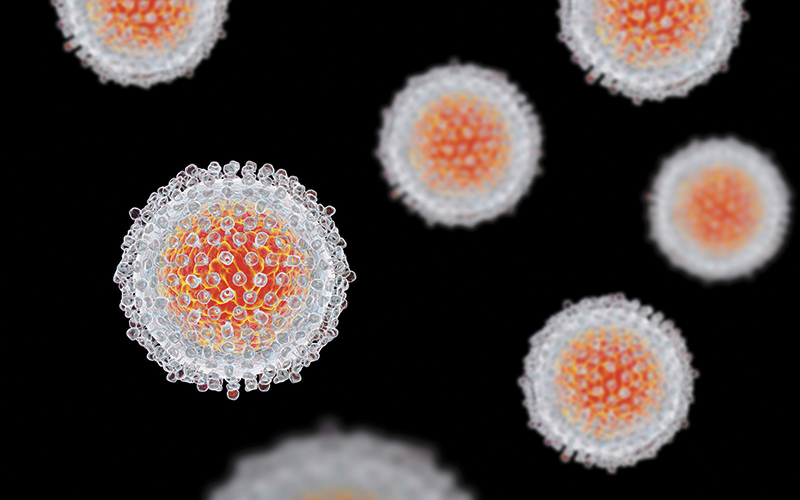Issue 4 of our journal was launched in October, so hardcopy will already have landed on your doormats. However, those with access to the website will have had access to the papers for weeks, if not months. Editor Andrew Blann outlines the content in the latest issue.

D Sanders et al. Uncertainty of measurement in andrology: UK best practice guideline from the Association of Biomedical Andrologists.
Although not an IBMS body, the Association is the leading UK professional group for Andrologists, and has strong links to the IBMS. Their guideline offers advice and recommendations on the assessment of semen and the viability of sperm.
CJ Donaldson & DJ Harrington. Therapeutic warfarin use and the extrahepatic functions of vitamin K-dependent proteins.
Although a spectacularly effective therapeutic, warfarin (in common with many drugs) has effects outside its primary function. Donaldson & Harrington review these effects, mostly on bone mineralisation and calcium homeostasis (which may lead to osteoporosis and heart valve pathology) and damage to the embryo.
AM Attallah et al. Combined use of nuclear phosphoprotein c-Myc and cellular phosphoprotein p53 for hepatocellular carcinoma detection in high-risk chronic hepatitis C patients.
Hepatocellular cancer (HCC, linked to c-Myc and p53) is a serious consequence of hepatitis C virus infection. Of 120 patients with this infection, of whom half had HCC, the sensitivity of serum c-Myc and p53 proteins for detecting HCC were higher than alpha feto-protein. When both gene products were combined, sensitivity was 100%, suggesting these may be a new diagnostic tool.
N Mohamad et al. Analplastic lymphoma kinase (ALK) mutations in patients with adenocarcinoma of the lung.
Lung cancer, a leading cause of cancer deaths worldwide, is linked to genes such as ALK. Using immunocytochemistry, our colleagues report increased tumour expression of ALK in women, in never-smokers, and in those with metastases, and that this method is a reliable alternative to FISH.
J Thongbut et al. RHD-specific microRNA for regulation of the DEL blood group.
RHD and RHCE code for RH blood group antigens. Mutations in RHD lead to a variant, DEL, resulting in 22-26 D molecules per cell, compared to 30,000 in normal D cells. Our Thai colleagues find low levels of miR-98 in DEL and D-negative samples compared to D-positive cells, but that this difference is not significant, suggesting other mechanisms must be responsible for the expression of D.
S Guo et al. Role of miR-29 as marker of risk of acute rejection after heart transplantation.
Despite best medical care, up to 30% of heart transplant recipients experience a rejection episode in the first year. The gold standard of myocardial biopsy is far from ideal, leading to the search for alternatives, such as troponins. This paper presents data showing that miR-29, alongside lymphocyte count, cTnI and NT-proBNP, should be considered a new marker of rejection.
Y Liu et al. A dual-label time-resolved fluorescence immunoassay for the simultaneous determination of cystatin C and β2-microglobulin in urine.
Our colleagues from China present data on a new immunoassay simultaneously detecting levels of two renal markers. This is possible as antibodies are labelled with europium and samarium, which fluoresce at different wavelengths. This method compares well with separate commercial assays for each marker, so may enter routine laboratory practice.
J Ewing et al. Relative Resistance Index (RRI) – a Scoring System for Antibiotic Resistance in Pseudomonas aeruginosa.
Antibiotic resistance is a growing problem, and accordingly the need to determine its extent is vital. This paper presents a score that determines the relative resistance of non-mucoid Pseudomonas aeruginosa to common antibiotics. Validating their score clinically (RRI correlates with lung function and the number of days on intravenous antibiotics), they suggest it may be of benefit in quantifying antibiotic resistance.
GE Orchard et al. New embedding and staining systems PrestoCHILL and Presto stainer for application in the advancement of Mohs micrographic surgery.
Our colleagues from London, using 279 tissue samples from 10 facial sites, report two new innovative tools that bring benefits of automation, speed and efficiency to the preparation of frozen sections with high levels of accuracy (93.5%) and precision/reproducibility (96.5%).
RS Abdul-Maksoud et al. Serum miR-210 and miR-155 Expression Levels as Novel Biomarkers for Rheumatoid Arthritis Diagnosis.
This paper reports low levels of microRNA MiR-210 and increased MiR-155 that correlate with TNF-α and IL-1β, concluding that these MiRs are independent markers for RA, out-performing several routine indices, and reflect disease activity. Thus miR-210 and miR-155 might serve as non-invasive biomarkers for the diagnosis of RA.
S Yang et al. Serum micro-RNA-302b: the novel biomarker for diagnosis of acute myocardial infarction.
The need to correctly and rapidly diagnose acute heart disease is clear, but the gold standards of CK, CK-MB and troponin are imperfect. The present paper suggests that this miRNA offers improved sensitivity and specificity, and so one day may enter routine practice.
Andrew Blann is the Editor of the British Journal of Biomedical Science.
